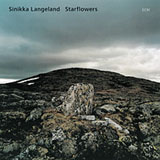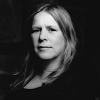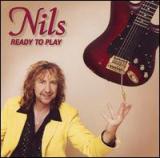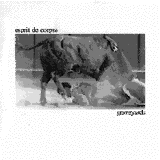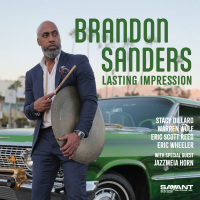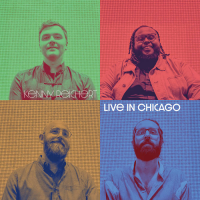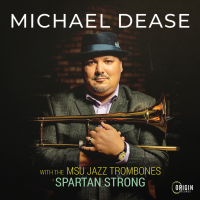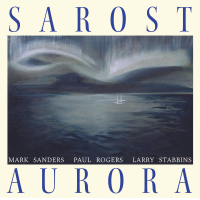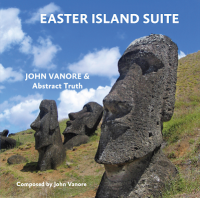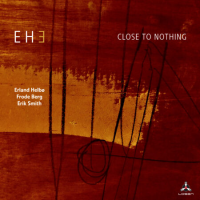Home » Jazz Articles » Album Review » Sinikka Langeland: Starflowers
Sinikka Langeland: Starflowers
Born to a Norwegian father and Finnish mother, singer Sinikka Langeland is in many ways Williamson's Northern European counterpart. Her approach has gradually evolved towards original music that explores the dichotomy of her dual-lineage through more archaic forms, and the freedom of open-minded interpretation. Starflower, her ECM debut, combines her cross-cultural, cross-temporal writing with the poetry of Hans Børli. Langeland has recruited, with the additional advice of label owner/producer Manfred Eicher, a group of Scandinavian/Finnish artists commonly associated with jazz, but who have all proven themselves capable of meshing in any context.
Langeland also plays the kantele, a 39-string Finnish table harp. It's a lush yet fragile sound that defines much of Starflowers as does her voice, which possesses strength equally capable of subtly delicacy.
Starflowers reveals its breadth gradually. Opening gently, with only Langeland's kantele and voice, it establishes a flexible time sense that's long been a powerful interpretive device in solo performance, with Langeland stretching and compressing time as she pleases. The ensemble magic unfolds on "Den lille fløyten," with trumpeter Arve Henriksen's shakuhachi-like trumpet, Trygve Seim's resonant tenor, Anders Jormin's robust bass and Markku Ounaskari textural percussion working naturally in similarly elastic time. Slowly they move towards a firmer pulse for a hauntingly beautiful solo section, with Henriksen and Seim simpatico at the most subliminal of levels.
Langeland creates narrative continuity throughout the set by using the same theme on the melancholy kantele/bass/percussion trios of "Sølv" and "Støv," the former featuring Jormin's pizzicato, the latter his arco. "Støv" leads into "Stjernestund," which begins with a percussion solo that's all color, ultimately returning to Langeland's theme from "Sølv" and "Støv" as a vocal interpretation of one of Børli's darkest yet most evocative poems.
There are moments when the ensemble approaches greater abstraction. "Elghjertet" begins in darkness, with Langeland's recitation supported by Seim and Henriksen, who continue to transform their instruments in unexpected ways. A kantele pulse finally emerges, but the approach remains free, even as the others begin to coalesce around it.
The album closes with the expansive "Hard du lyttet til elvene om natta," which melds initial melancholy with a finale of greater optimism. It's the perfect ending to an album that, in its allegiance to both modernity and antiquity, is one of ECM's most appealing explorations of seemingly disparate concepts that ultimately feel completely at home with each other.
Track Listing
Høstnatt på Fjellskogen; Den lillle fløyten; Sølv; Treet som vekser opp-ned; Salstein; Sus i myrull; Støv; Stjernestund; Langt innpå skoga; Det er ei slik natt; Vindtreet; Elghjertet; Har du lyttet til elvene om natta?
Personnel
Sinikka Langeland
vocalsSinikka Langeland: vocal, kantele; Arve Henriksen: trumpet; Trygve Seim: tenor and soprano saxophones; Anders Jormin: double-bass; Markku Ounaskari: percussion.
Album information
Title: Starflowers | Year Released: 2007 | Record Label: ECM Records
Tags
PREVIOUS / NEXT
Support All About Jazz
 All About Jazz has been a pillar of jazz since 1995, championing it as an art form and, more importantly, supporting the musicians who make it. Our enduring commitment has made "AAJ" one of the most culturally important websites of its kind, read by hundreds of thousands of fans, musicians and industry figures every month.
All About Jazz has been a pillar of jazz since 1995, championing it as an art form and, more importantly, supporting the musicians who make it. Our enduring commitment has made "AAJ" one of the most culturally important websites of its kind, read by hundreds of thousands of fans, musicians and industry figures every month.


